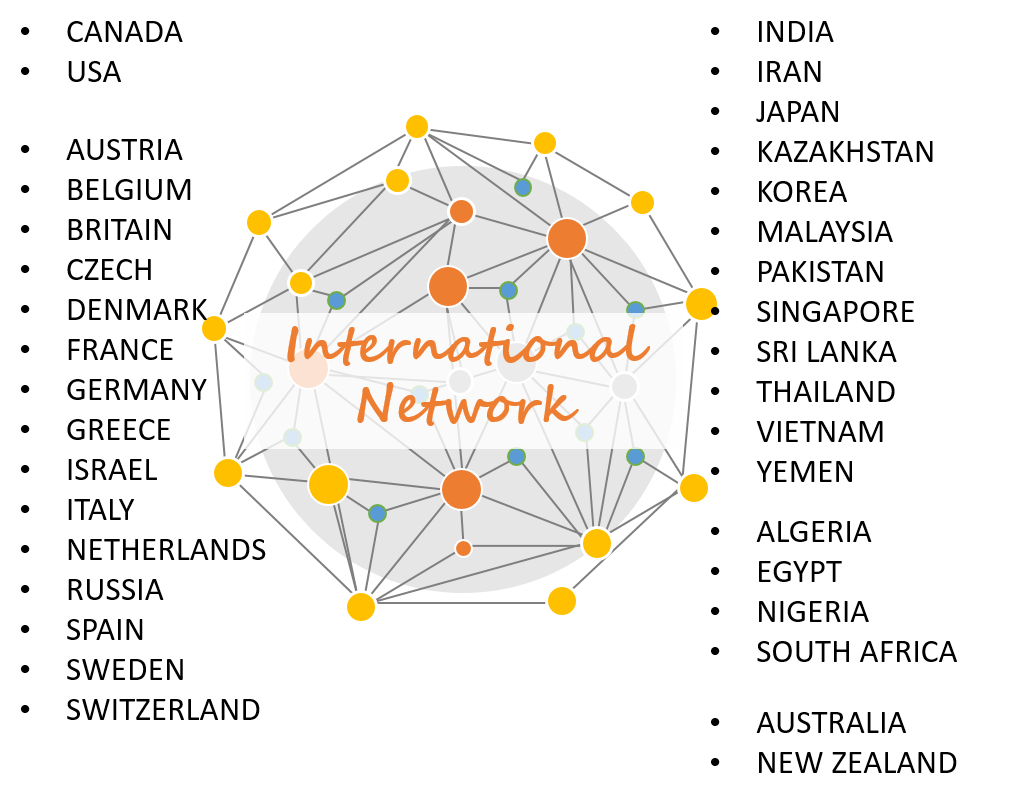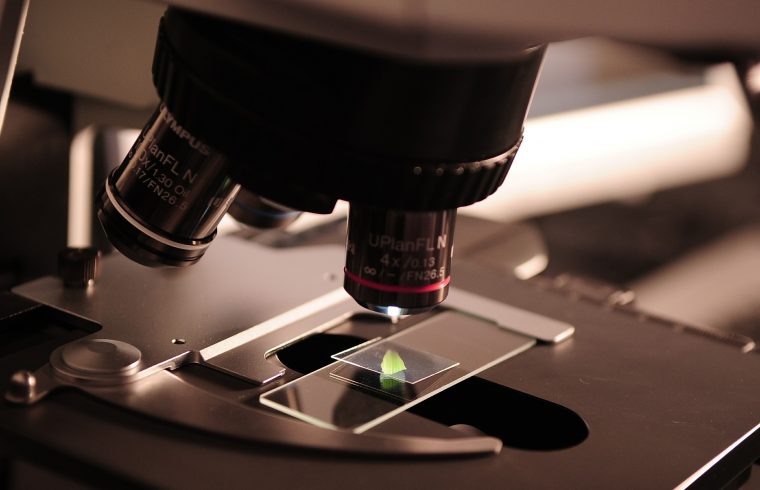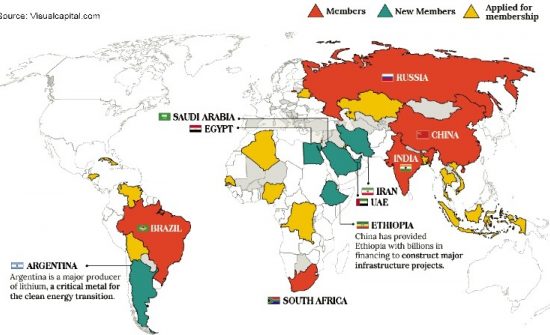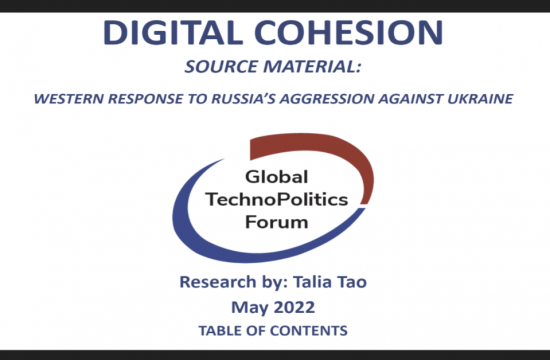A Spotlight On Synthetic Biology in China
By Paul Ross
China’s 13th Five
Year Plan (2016 – 2020), the country’s future-looking industrial roadmap, envisioned
first steps China would take on the path towards a suggestive, if ill-defined, “Post
Information Age”. The 14th Five Year Plan (2021 – 2025), recently released,
makes clear that the path’s contours, defined today by the deterministic 1s and
0s that form the bedrock of Information Technology will, over time, morph into the
more fluid and organic constructs that are the mainstay of Bio Technology. To ensure
a successful transition from the Information Age to the Post Information Age and
guarantee that the Five Year Plan delivers on
its promise, the Government has committed to injecting more than $30 – $40 Billion
into China’s Life Sciences sector[1],
the lion’s share of which will go
towards funding hundreds of new ventures that will
ultimately become the Post Information Age’s vanguard.
The magnitude of these numbers and the scale of the ambitions they reflect are impressive by any measure, but it is, ironically, their very impressiveness that makes assessing their implication such a challenge. The impediment to comprehension that the scale of these numbers poses can be mediated by situating them within the context of a single, well-circumscribed domain. Synthetic Biology, an emerging domain that makes use of engineering and computing techniques to redesign biological systems, presents itself as a candidate particularly worthy of consideration because it incorporates aspects of both the computing-driven Information Age and the bio-centric Post Information Age.
Although there is no definitive
agreement on the total number of firms currently active in China’s
Biotechnology sector, let alone in the field of Synthetic Biology, the two-hundred organizations that are today engaged
in the sequencing of DNA are a useful proxy and basis for a rough order-of-magnitude
estimate for the total number of organizations involved with some aspect of the
field [1]. Of these organizations, the Shenzhen Institute of Advanced Technology
(SIAT) (Shenzhen
Institute of Advanced Technology (cas.cn)) and the biomaterial innovator Bluepha (Bluepha – a synthetic biology
company from China, with leading technologies for low-cost production of PHAs),
[2]
provide the clearest indication of the shape the transformation from Information
to Post Information Age will take while making the implications of large
numbers and broader trends and numbers more readily apparent and accessible. Polar opposites in nearly all aspects of their
operation – technical, organizational, and even geographic – SIAT and Bluepha
are the bookends of a development spectrum across which the field of Synthetic
Biology in China is unfolding.
Situated geographically at the heart of the greater Hong Kong – Guangdong “Bay Area” and organizationally under the umbrella of the Chinese Academy of Science (CAS), the Shenzhen Institute of Advanced Technology (SIAT) is home to eight research organizations whose mission is to advance research in areas such as Brain Cognition, Biomedicine, Biotechnology, and Materials Science. Rounding out this list, the SIAT Institute of Synthetic Biology (Institute of Synthetic Biology—-Shenzhen Institute of Advanced Technology (siat.ac.cn), as its name suggests, has made Synthetic Biology the focus of its efforts and in support of those efforts maintains a research portfolio that includes Genomics, Biochemistry, Gene Circuit Design, and a number of other related disciplines that are fundamental to the field.
A thousand miles North of the SIAT campus in Shenzhen, researchers at Beijing-based Bluepha are making use of the latest synthetic biology tools and techniques to develop an organic alternative to traditional petroleum-based plastic. With a staff of less than thirty, Bluepha is not much larger than a single one of the SIAT Synthetic Biology Institute’s eight departments and the majority of Bluepha’s twenty-something researchers were still in high school when their SIAT counterparts were completing advanced studies and launching their careers.
Apart from these obvious differences in size, scope, and demographics the two organizations distinguish themselves along a number of less easily quantifiable, perhaps, but no less meaningful dimensions such as ambition, leadership style, and organizational culture. These dimensions take more concrete shape on the websites of the two organizations through images that represent their essential characteristics in visual form
Image Study # 1 – Illuminating Cultural Differences
An eery blue light that permeates the photo of a research lab featured on the SIAT website effectively recasts it as a desolate and cold place, occupied by a lone scientist who is overshadowed by shelves filled with beakers, shakers, and autoclaves.

So absorbed in her research that she appears to have disengaged from the world around her, the scientist infuses the lab with an emotional chill that deepens the atmospheric chill cast by the blue light in whose spectral glow she toils. Similarly, the physical distance she maintains by situating herself at the back of the lab, accentuates the emotional distance she has created by turning away from the photographic plane.

The vibrant light that illuminates the photos of Bluepha’s labs is an apt medium of expression for the spirit of the young researchers who inhabit them. The teams of recently-minted scientists featured in these photos occupy the space they work in more fully than the lone scientist conducting research in the SIAT lab does. This difference in composition and the relationship of the individuals featured in the photos to their environment suggests a difference in the value assigned to the human contribution to the research program

The essential differences in organizational culture and working environment these photos reveal and the tone they convey are manifestations of a larger thematic that informs the entire range of images that SIAT and Bluepha present on their websites, from inside views of research labs to profile photos of executives and representations of international networks and affiliation
Image Study #2- A Spotlight On The Face of Leadership
If, as Shakespeare contended, a man’s face could be read like the text of a book, it is reasonable to assume that the Bard would have viewed the top of the head as nothing more than a footnote. However, the conclusion about the nature of the relationship between the face and the top of the head (i.e., the face’s primacy and the top of the head’s relative inferiority) that this assumption leads us to is called into question by the profile photos of Liu Chengli and Zhang Haoqian, leaders of the SIAT Synthetic Biology Institute and Bluepha, prominently featured on the websites of their respective organizations. In these profile photos, it is the face that is a blank page and top of the head that tells the story.
Liu, as he presents himself in his official portrait photo, is formally posed and the thoughtful expression he wears on his face is what one would expect of the accomplished scientist and well-regarded leader that he is. Liu’s decidedly unremarkable face is outshone by top of his head that is devoid of even a single strand of hair, an absence made even more conspicuous by the ordinariness of the face with which it is juxtaposed.

Director – Shenzhen Institute of Synthetic Biology
Similarly, it is the top of Bluepha CEO, Zhang Haoqian’s head that is his portrait photo’s most outstanding feature and the most immediate focus of a viewer’s attention. Where Director Liu keeps the top of his head impeccably clean-shaven and, in his portrait photo, completely exposed, CEO Zhang keeps his concealed under a gray knit stocking cap that he wears tilted back at a jaunty angle. It’s a sartorial gesture whose hint of insouciance could easily set the hearts of Silicon Valley’s fashionistas aflutter and secure it a place of prominence in the wardrobe of any unicorn-riding entrepreneur.

BluePHA CEO
All appearances to the contrary, Zhang Haoqian is a serious scientist whose advanced degrees in Biology and Physics from Peking University make him no less credentialed than the SIAT’s Director Liu. Nor is he any less well-regarded as a leader, as his inclusion in Fast Company’s recently-published list of China’s “100 Most Creative People in Business” attests.
Image Study # 3 – Testaments to Collaboration
The world map labelled “International Network” that occupies a prominent place on the SIAT website is a graphic representation of the success the Institute has achieved in cultivating collaborative relations with research organizations around the world. A list of some thirty countries that scroll down either side of the map is a clear record of the Institute’s global reach. By this measure, Bluepha’s engagement with the world beyond China’s borders, seemingly limited to a single affiliation with a U.S.-based Synthetic Biology non-profit called iGEM, is inconsequential.

As limited a conduit to the outside world as it may appear, the iGEM connection nevertheless affords Bluepha access to a global community of scholars, students, and scientists whose professional and geographic scope is no less extensive than that of the institutes and laboratories with whom SIAT has established collaborative relationships.

Group Photo
In a photo on Bluepha’s website taken during the annual “Jamboree,” iGEM’s signature event, members of the Bluepha team are virtually indistinguishable from their counterparts, hundreds of other young scientists from around the world, in whose midst they stand. The prominence of the photo’s position on the Bluepha website is a sign of the importance the company attaches to the iGEM connection and a testament to its engagement with the global community for which iGEM has served as a hub.
Considered together these graphic representations of international engagement can be read as manifestos for the distinctly different ways in which SIAT and Bluepha view the world and how they situate themselves within it: SIAT strives to establish connections with the rest of the world; Bluepha desires nothing more than to be included in it.
Conclusion
The scale of China’s ambitions for the “Post information Age” it envisions are impressive but are of such great magnitude that they pose an impediment to appreciating, let alone comprehending, the full extent of the Government’s vision.
The Shenzhen Institute of Advanced Technology (SIAT) and BluePHA, two organizations on the leading edge of China’s transition from Information to Post Information Age, give definition to the Government’s vision and make it more accessible through the images they use to represent themselves and their activities.

More than just serving as the “face” of the Post Information Age, however, BluePHA and SIAT represent the diversity of organizations that the Government’s vision encompasses and demonstrate the Government’s recognition that organizations of very different sizes, cultures, and models have a meaningful role to play in the Post Information Age and will a make a significant contribution to its evolution.
The way in which SIAT and BluPHA present themselves reveals that, as much as the transition from Information Age to Post Information Age is shaped by scientific innovation and technological advance, it is also a shift in thinking about the elements that achieving a successful outcome will depend on, from the traditional technology-centric approach that characterized the Information Age to one where contribution of organizations and the people who staff them is recognized and equally valued and where the less quantifiable “stuff” of organizations such as leadership and collaboration take on greater prominence.
[1] Mak, Elise, “China sees five-year highs in life sciences investments and partnering,” BioWorld Asia, May 11, 2021
[2] Schmid, Rolf D. and Xiong, Xin, “Biotech in China 2021, at the beginning of the 14th five-year period (“145”)”, Biotech in China 2021, at the beginning of the 14th five-year period (“145”), Vol. 105, May 3, 2021. Page 3980.
[3] Note: PHA is an acronym for Polyhydroxyalkanoates, a family of biodegradable and biocompatible polyesters.










